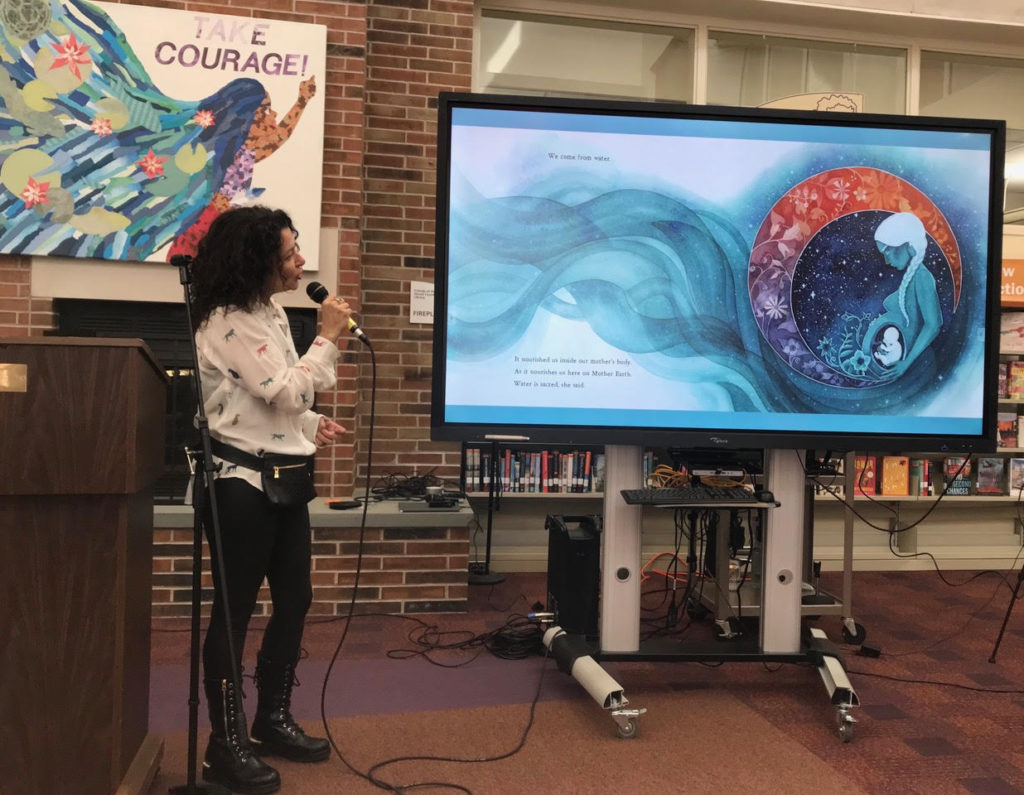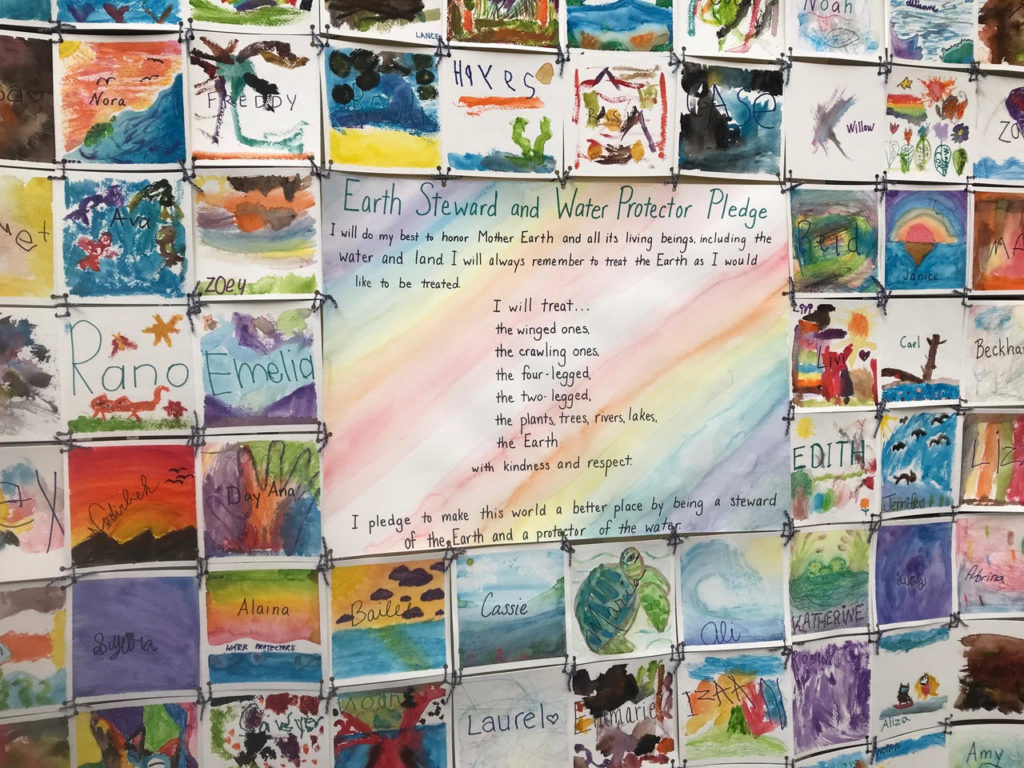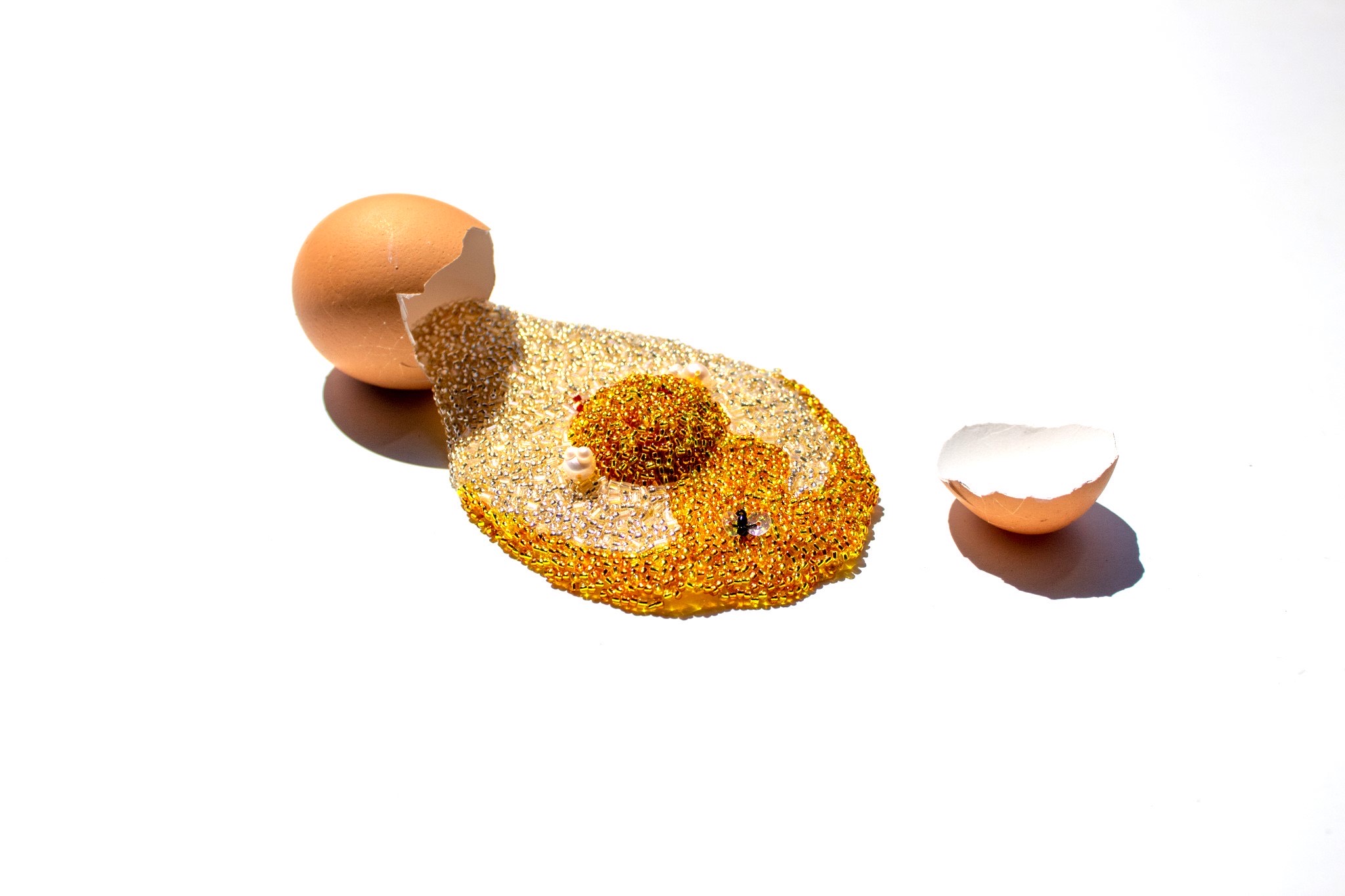‘Water Protectors’ author and illustrator share story of Caldecott’s winning picture book – BG Independent News

By David Dupont
BG Independent News
Carole Lindstrom was worried in the fall of 2016 about news coming back from the region where she was raised. A citizen of the Turtle Mountain Band of Ojibwe who grew up in Nebraska, the writer, who now lives in Maryland, heard reports of growing tensions between the Indigenous peoples of the Standing Rock reservation and crews cutting ground for build the Dakota Access. Oil pipeline. Not enough attention was being paid to the conflict, she told an audience at the Wood County District Public Library on Saturday morning.
The pipeline was originally slated to originate in North Dakota, through an area just north of Bismarck, South Dakota, an area predominantly populated by white residents. Then it was rerouted through lands occupied by the Sioux and under Lake Oahe, which is sacred to the natives. The protest began with a woman sitting on the way to the construction to protect her family’s graves.
The protests have spread, attracting indigenous peoples, not just from North America, but from around the world, including Sami from Lapland.
The reaction to the protests was becoming increasingly militarized with protesters waving feathers in a sign of peaceful resistance, facing attack dogs, armored officers firing rubber bullets and sound cannons. A friend, Lindstrom said, was blinded in one eye by a rubber projectile.
The Standing Rock protesters were there “to defend our land, your land, everyone’s land and water”, she said. “Water is life, and we must protect it.”
With an 8-year-old son, she was unable to join the protests. She and her son attended protests in Washington DC
But Lindstrom wanted to do more. She could tell the story.
This story started out as a young adult novel, but halfway through it had a sense of urgency to finish something faster. Her literary agent suggested a picture book. Lindstrom worked on this, but again the narrative seemed to drag on. Then his agent offers him to write a more impressionistic, more poetic text.
The writer balked; she had never done anything like this. “Give him three days,” his agent said.
During this period, Lindstrom wrote the text for “We Are Water Protectors”. The story begins with an ancient prophecy of a black serpent that will traverse and destroy the earth. The pipeline is this legend brought to life. The book calls on readers to fight the black serpent and its destruction.
“We Are Water Protectors” went on to win the American Library Association’s Caldecott Medal for artwork created by Michaela Goade, artist and member of the Central Council of Alaskan Tlingit and Haida Indian Tribes.

Lindstrom and Goade were guests on BGSU’s “In the Round,” a six-part speaker series featuring Indigenous creatives. Lindstrom was at Bowling Green in person while Goade appeared virtually from her home in Alaska. They talked about their work at the library and on campus Friday night. Lindstrom also visited BGSU classes during the day Friday.
At first, Goade said she wasn’t sure if she was the right illustrator for the project.
She comes from a different native tradition. “I didn’t want to unknowingly make mistakes or disrespect anyone,” she said. “I wanted to honor water protectors and make them feel authentically reflected.”
Ultimately, she felt growing up where she did that “I could bring an important perspective” to the story. “The ocean, the water, our relationship to the land is really, really important to me.”
As with any project, Goade did a lot of research. She studied photographs of the protests. She studied graphic material created to promote opposition to the pipeline. She looked at beadwork and other traditional arts.
Goade wanted to communicate the conflicting emotions – grief and anger, but also hope and love – evident in the Standing Rock camps. She wanted to reflect the diversity of the people gathered at Standing Rock.
The illustrations are full of meaningful details that will speak to Indigenous readers and make them feel “seen and heard”, while connecting to a wider audience.
She went through the process of creating the book, from the sketches to the construction of storyboards to the final watercolors.
Watercolor, she noted, is her preferred medium and also fits the theme of the book.
Her final paintings are sent digitally to the publisher and then she receives digital proofs. Goade said ensuring colors are rendered correctly can be an arduous process.
She and Lindstrom were surprised that “We Are Water Protectors” received the Caldecott Medal, the most prestigious award in picture books.

Goade said he noticed the reviews and increased online discussion of the book. He has been mentioned in the forums as a possible winner of Caldecott. Yet when the news broke on Zoom, she said she felt cold all over.
Goade recently completed her first book in which she wrote the story as well as the illustration. “Berry Song” will be released later this year.
Youth Services Coordinator Maria Simon said “We Are Water Protectors” was used to inspire young local artists. They created a mosaic in the style of Goade’s illustrations that urges viewers to “take heart!” The mosaic hung behind the podium in the library atrium where Lindstrom spoke. And they quilt designs inspired by the Earth Steward and Water Protector Pledge in the book.
The water theme, Simon said, continues to come in during the summer when the reading program will be “Oceans of Possibilities.”






